Peel Super Thin Bumper Case Review: A Different Case
Purchase Price: $45.00
We are a participant in the Amazon Services LLC Associates Program, an affiliate advertising program designed to provide a means for us to earn fees and support our channel by linking to Amazon.com and affiliated sites.
There’s a lot of people out there with iPhones who want to go naked, but feel immense pressure to case up their devices due to the fragile nature of modern smartphones. One of my favorite types of cases to allow for not only the design of the phone to be shown off, but to also keep the added bulk at a minimum is from a company called Peel. The original Peel case was an extremely thin piece of plastic your phone would essentially mold itself into. It was as close to not having a case as humanly possible. The tradeoff was, of course, the little to no protection the form factor would provide. There wasn’t a lip or a bumper or any sort of cushion for if the phone was dropped onto a surface. It legitimately could be seen as like what Paint Protection Film (PPF) does for cars. The Peel case would potentially help keep the back side of the phone from being scratched up. With my iPhone 13 Pro having been in my pocket for more months than I had originally anticipated, I decided to explore another case now that the market has saturated itself with many more options than during launch time. This is the newest Peel design called the Super Thin Bumper Case and it focuses first and foremost on protection while also attempting to maintain that signature thinness the company is known for. Does it succeed and is it worth the premium price tag?
What’s a thin bumper case?
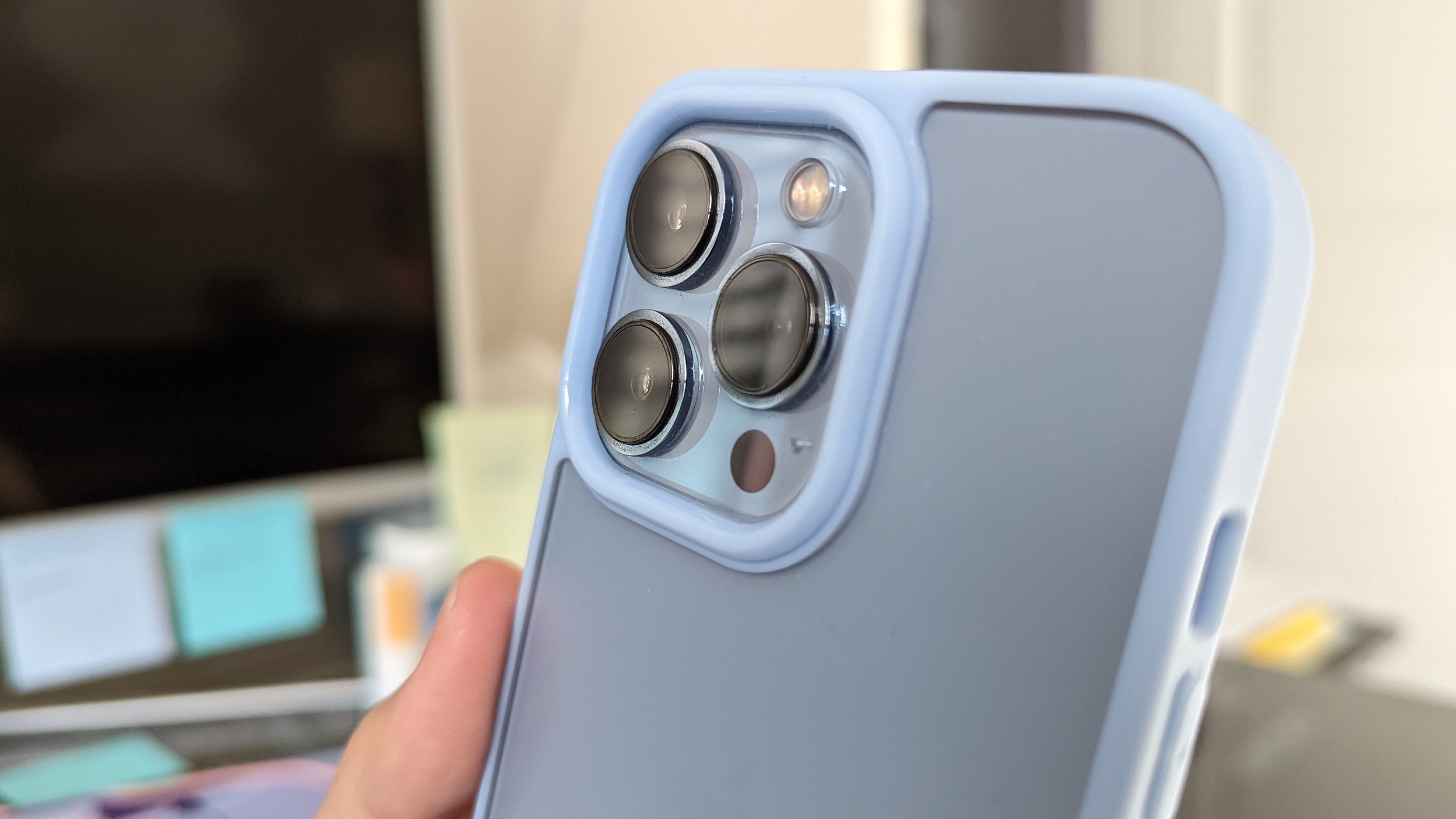
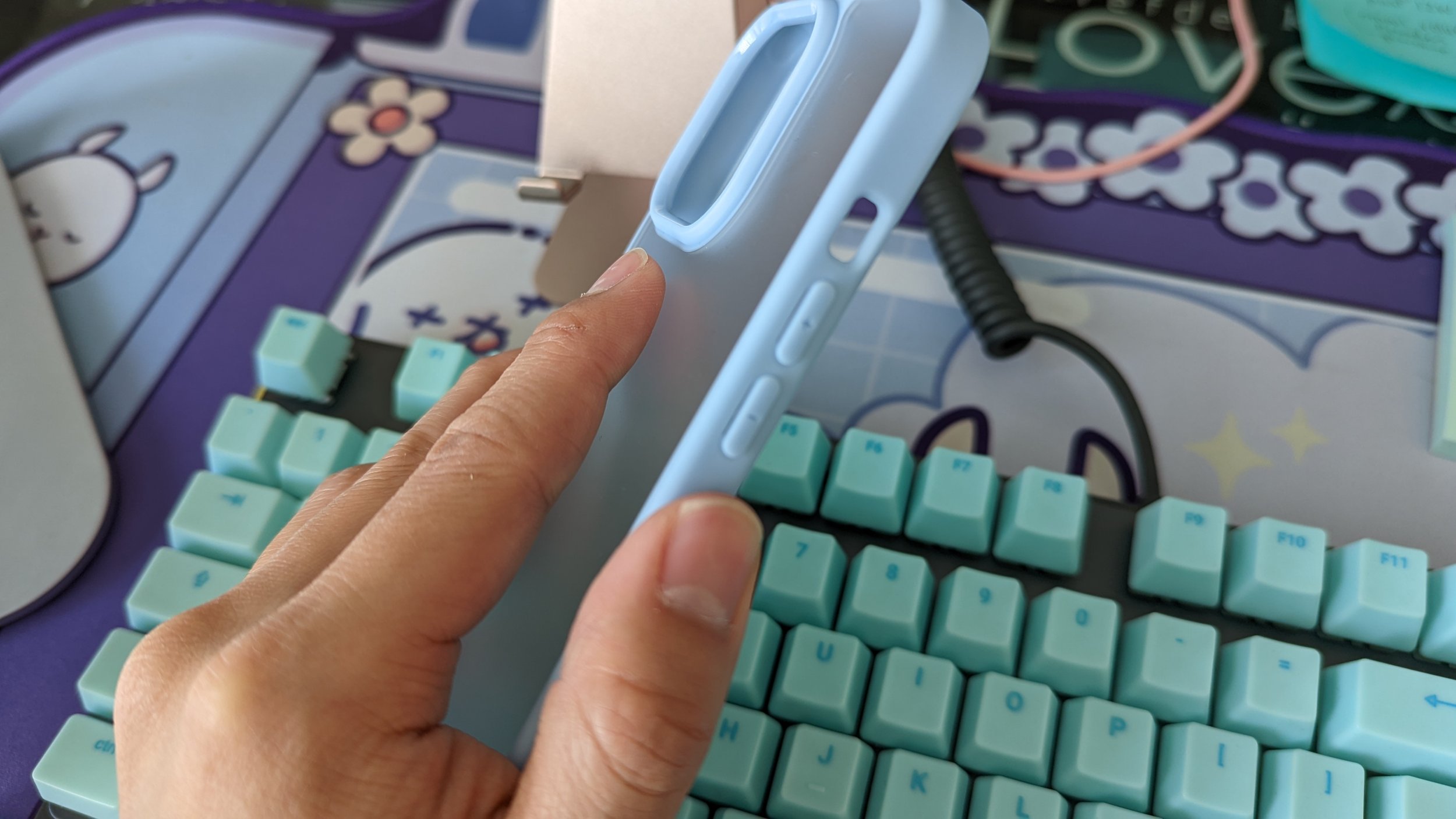


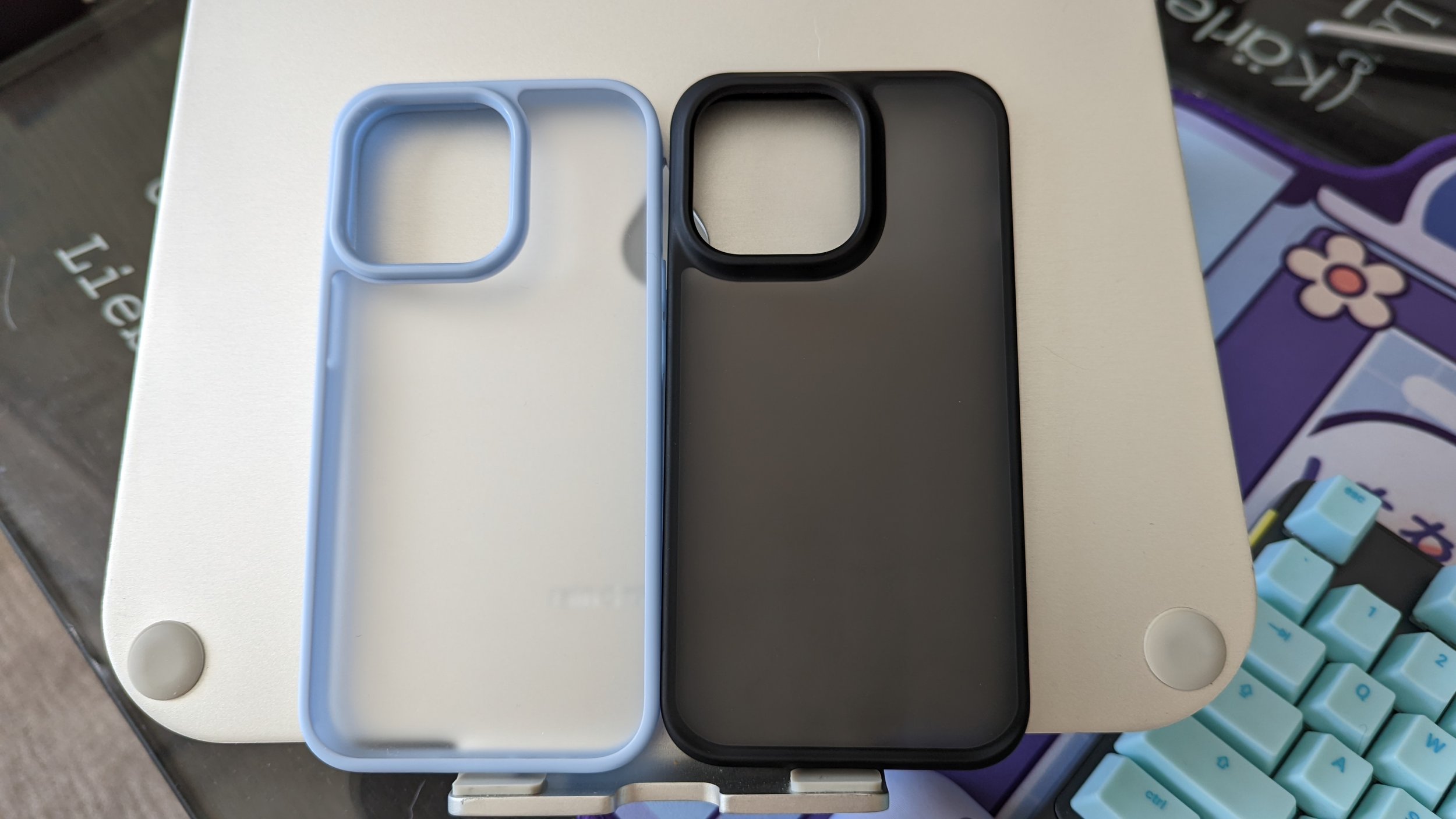
Bumper cases by definition add a layer of additional bulk to a phone case. It’s a literal buffer for the phone if it’s dropped onto a surface. So how exactly does Peel propose to make a bumper case yet retain their signature “barely there” mentality? Wouldn’t the concept of a bumper case go completely against the core competencies of their company motto? The Peel bumper case for the iPhone 13 Pro costs $45 and comes in a packaging that matches the price tag. Peel and their competitor PHNX (formerly MNML) have really elevated their reputation as case makers into a tier above many of the other brands sold on Amazon. For example, the iPhone 13 Pro case I’ve been using for months now is from a company called Torras that I bought on Amazon for less than $20. Like the Peel case we have here, the Torras case is also a bumper case with a matte translucent back that attempts to be as slim as possible. I was a bit shocked to see just how nearly exact the molds of both of the Peel and Torras cases were side by side. To the naked eye, they could pass off as the same product just in different colors. I guess there’s really only so much you can do with this form factor.
Like other bumper cases, the Super Thin Bumper Case from Peel is made of a protective polymer that provides a lip around the screen and the lenses of the phone. The lens protection seems to protrude just enough to provide the absolute minimum distance needed to potentially keep the lenses from hitting a surface first. Talk about a thin line. The lip on the front side however is just about standard with what lips on other phone cases are at nowadays. I do think the seal on this Peel case wraps around the phone a bit cleaner than on the Torras which I have noticed is a bit of a dust trap in those areas. Polymer cases like this are a bit slippery to hold especially with smooth rounded edges like those on the iPhone 13 Pro’s design. It’s nice and smooth feeling for the fingertip, but this particular phone isn’t that narrow, so gripping it isn’t nearly as comfortable as it should be. That isn’t the case makers fault as Peel has crafted a case that fits the measurements of the iPhone 13 Pro to a tee. I’m very satisfied with the cutouts as well as the volume and power button covers.
Precision cutouts aren’t a guarantee with some off-brand cases on Amazon, so in this regard, you do get what you pay for with the $45 price tag of the Peel Super Thin Bumper Case. Speaking of other brands, Peel is proud of the fact that there is no branding or any sort of tramp stamp on the case. While I do appreciate it when a case maker doesn’t plaster their logo all over a product, I wouldn’t necessarily say that’s a selling point as, once again, the $20 Torras case I’ve been using also doesn’t have any branding on it. In fact, many of the off-brand cases we’ve come across over the years also don’t have logos attached to them anymore.

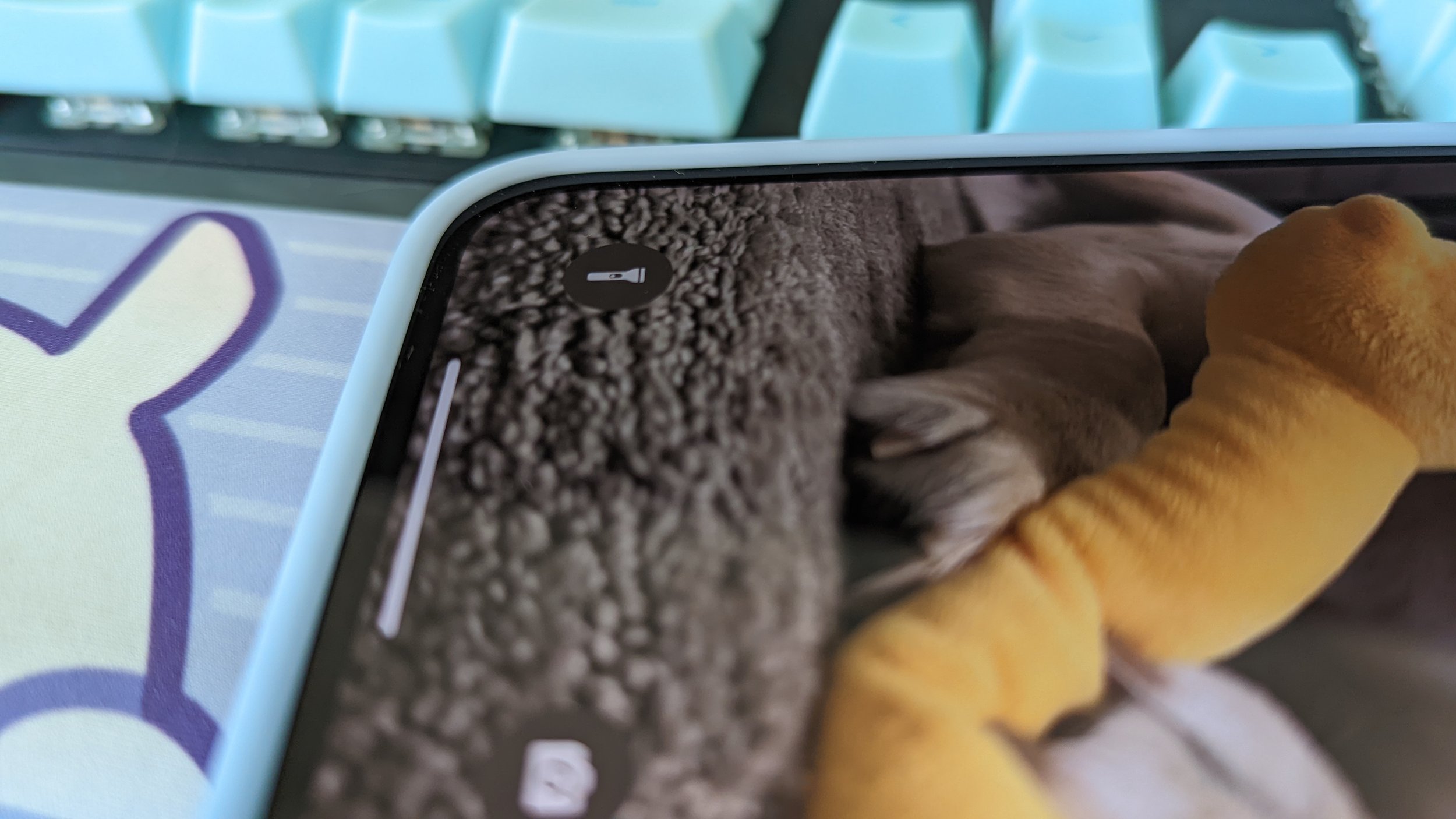

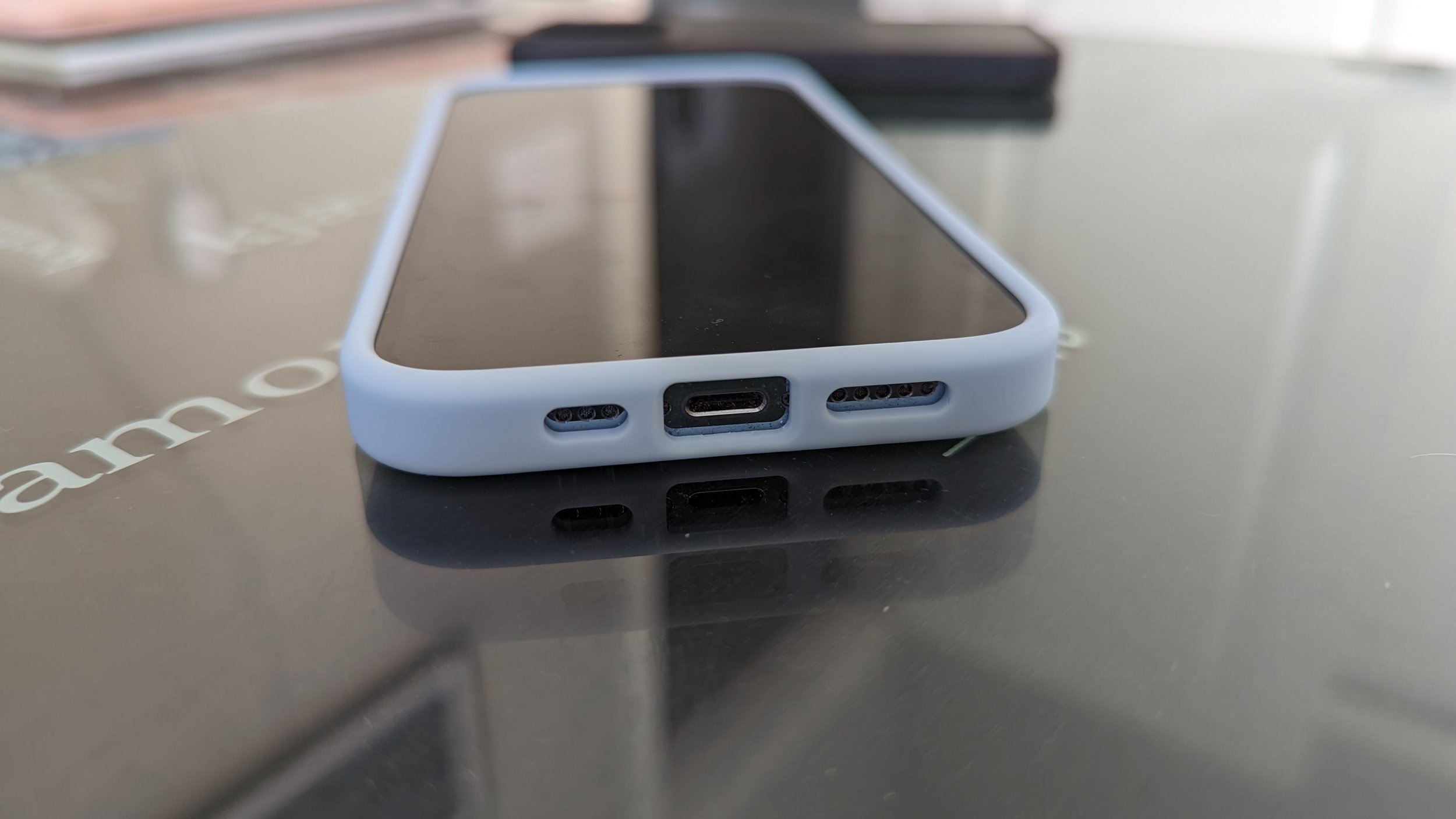
MAgSafe Compatible?
With the iPhone 13 Pro, case makers also need to consider the magsafe aspect of the case when deciding what how thick of a material to use for the rear. While Peel claims the bumper case is compatible with magsafe charging, I’ve found the magnetic connection to be rather weak through the thickness used here. At the slightest force applied, the official Apple magsafe puck would come off the case. That flimsiness of this connection kind of contradicts the purpose of magsafe, which is the flexibility to continue using your device while the puck is attached to charge the iPhone. The Torras case I’ve been using, once again, is about the same thickness as this case, and while it still isn’t as strong of a connection as when the phone is out of the case (duh), I do find the magnetic connection to be stronger with the Torras case.
Why I feel This way?
For the first time with Peel, I feel like I’m paying a tax for the brand name instead of getting a specialty product.
Ultimately, I was a bit let down when I received the Peel Super Thin Bumper Case. It wasn’t because I thought the product was bad in any specific way, on the contrary, I actually think the case is plenty sufficient enough to warrant a spot on my iPhone. It protects the phone in ways customers of the original Peel case wanted, while maintaining a precise mold of the iPhone (to the furthest extent a bumper case can). The main contribution to my disappointment probably has to do with my high expectations. When I first bought the original Peel case, it was unlike any other case (other than from PHNX) I could find on the market. Even after imitators began selling off-brand products of that super minimalist case, I definitely noticed a lack of quality from the non-Peel brands. I can’t say the same here with this bumper case. I legitimately think the differences between this near $50 Peel case and a $20 bumper case from Amazon is negligible. While I could potentially make an argument that the Peel case is better overall, it would be dishonest of me to make an asserted effort to promote that statement. I just can’t see enough value here to justify paying double the price for a product that essentially is obtainable in a lower price segment. For the first time with Peel, I feel like I’m paying a tax for the brand name instead of getting a specialty product. I’m left regretting not purchasing the original Peel case design as I still have high opinions of that form factor even with the lack of protection. That tells me that I’m not a huge fan of this particular product at the MSRP I purchased it at.

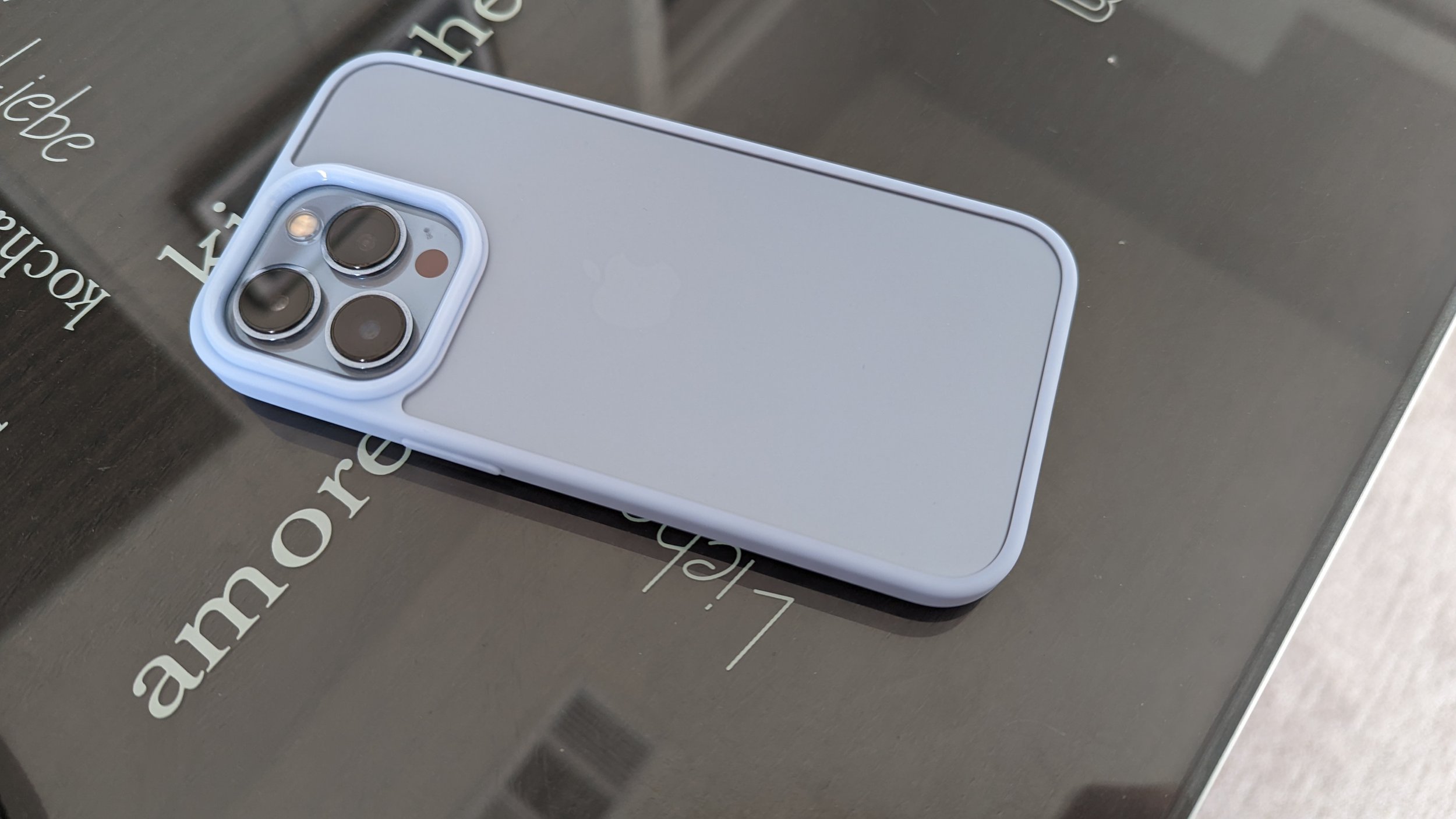







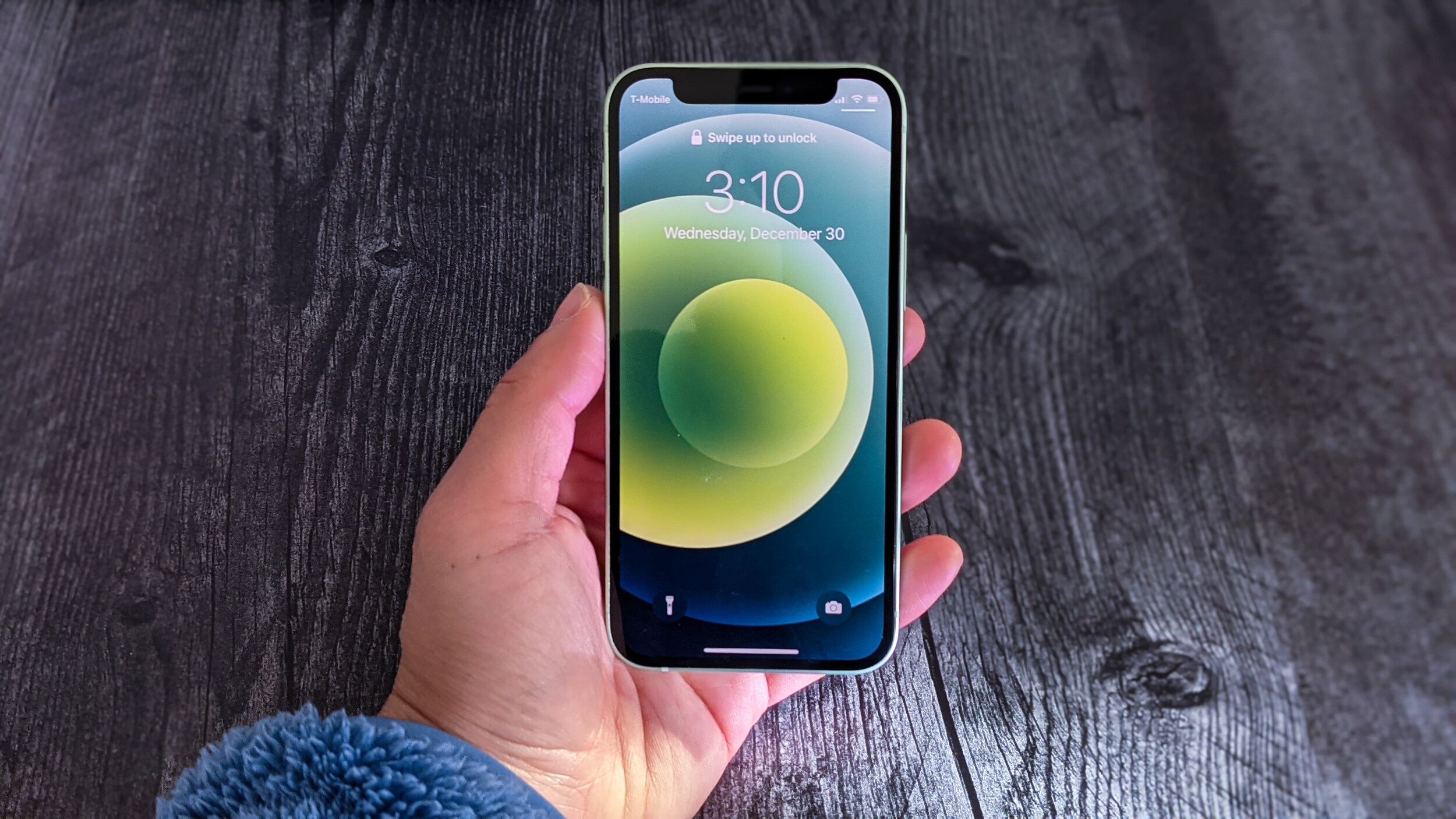

Alex
Caught in between the conundrum of his fascination with retro and the future, Alex has a very unique taste in technology. Never one to follow trends like his millennial peers yet constantly desiring to get ahead of the curve, he sees technology like he does his other love: comic books. Always looking for the best value or a hidden gem, his collector mindset reflects on some of his favorite gadgets: the Moto X (2015), HTC U11 and the Google Pixelbook. If there’s a good tech deal out there, Alex is on the hunt!